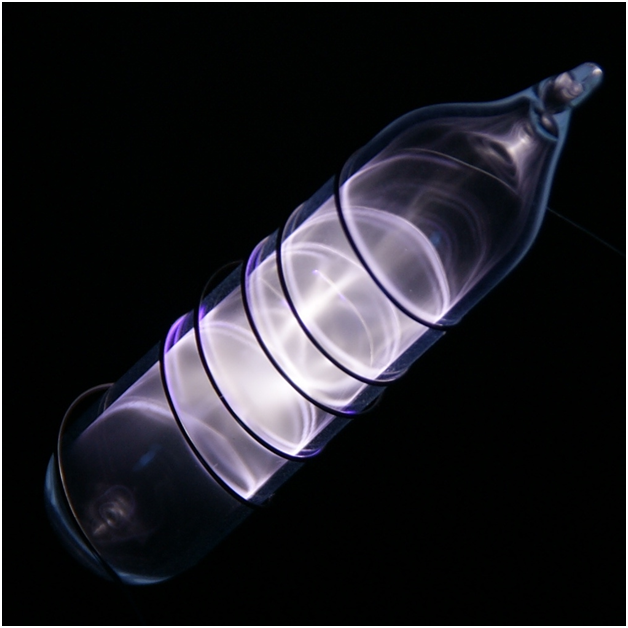The Fukushima nuclear disaster occured in March of 2011. In addition to the actual radioactive fallout, there has been a great deal of other fallout including a wave of new safety regulation for the reactors in different countries. In the United States, the EPA is responsible for setting levels of the different kinds of emissions that are allowed for power plants in the United States. Currently, parts of 40 CFR 190 are under revision for emissions from nuclear power plants.
When operating correctly, nuclear power plants have very low emissions of anything other than water vapor. This fact is often promoted when considering the effect of nuclear power generation on global climate change. Unfortunately, when not operated correctly or as a result of accidents, many harmful types of radioactive particles can be released into the environment. There is also little mention of the carbon dioxide released during construction, transportation of fuel and waste, and handling of nuclear waste. There are many places in the world where radioactive materials have been released into the environment rendering large areas unsafe for human use.
Radioactive isotopes of many elements such as plutonium, uranium, radium, strontium, iodine, cesium, carbon, and americium have been explicitly mentioned before in regulations because they can be absorbed by tissue and pose a long term threat to human health. It makes sense to regulate such dangerous products of nuclear processes.
The new rules deal with krypton-85, a radionuclide which has never been of concern. Kr-85 is one of the series of elements known as noble gases. They cannot react with any other element to form chemical compounds. If breathed in or consumed, atoms of Kr-85 just pass on through the body, unable to be absorbed, to interact or to build up in tissue. If released, it quickly dissipates and does not pose a threat to human health. Large amounts of Kr-85 are released into the environment by uranium reprocessing plants.
Dr. Per Peterson, one of America’s most renowned nuclear engineers from UC Berkeley, recently said that, "The major issue is that EPA may be attempting to regulate emissions of krypton-85, a noble gas that disperses so rapidly that it causes no detectable dose to anything anywhere, and no public heath consequence even remotely. There exists no plausible public health or environmental reason to regulate Kr-85 emissions, since they do not and can never have any significant public health or environmental impact."
There have be charges by critics of the new regulations that setting very low emission standards may be an intentional ploy to make new reactor designs so expensive that nuclear power will not be able to compete in the open market for energy generation. They point out that since Kr-85 poses absolutely no threat to human health or the environment, the EPA should not have authority to regulate emissions. They say that the Nuclear Regulatory Commission is the government agency which should have jurisdiction in this matter.
Krypton made to glow by electronic current:
